Finding the cloud computing approach that’s right for your business
The rise of cloud computing has revolutionized business as we know it. The cloud has enabled businesses to focus their time and energy on building technology, rather than maintaining infrastructure, which has led to an innovation boom in startups and small businesses.
If you’re reading this, you probably don’t need a cloud computing definition, but here it is just in case: Cloud computing is the delivery of computing resources as a service, managed by the cloud provider rather than the end-user. This is in contrast to how businesses used to operate, namely by buying and managing their own software and hardware. Now that you’re committed to the cloud, the next step is knowing the differences and similarities between hybrid cloud and multi-cloud strategies, and figuring out which approach is right for your business.
To learn more about cloud computing, including its rich history, the various models and environments it incorporates, and the overall business benefits, read through this in-depthtutorial from DigitalOcean. If you’re not already familiar with DigitalOcean tutorials, they are an excellent and expansive treasure trove of information and resources created by DO employees and community members.
Right off the bat, hybrid cloud and multi-cloud sound suspiciously similar and are regularly used interchangeably. While both incorporate cloud services from more than one source, they do so in unique ways and refer to different cloud setups. Read on to dig deeper into this topic.
What is hybrid cloud computing?
There is one major factor that makes hybrid cloud computing unique from multi-cloud: Hybrid cloud computing incorporates private cloud infrastructure alongside public cloud computing providers. For a cloud computing setup to be considered hybrid, it generally includes a private component, such as an onsite data center managed and maintained directly by the business using it.
The benefits of adopting a hybrid cloud model include the ability to deploy in private IT environments, which can give businesses more control over their configurations and, especially for larger businesses, may lead to cost savings. Combining a private cloud environment with a public cloud for certain services can provide the required redundancy and reduce outages. Public clouds also enable businesses to scale quickly, so a hybrid model can take advantage of the scalability of public cloud services while hosting certain systems which may have specialized requirements to stay on a private cloud.
The definition gets tricky when businesses start to incorporate multiple public cloud services into the mix. When multiple public cloud services are working in conjunction with each other, that’s multi-cloud, baby.
What is multi-cloud computing?
A multi-cloud computing setup in its simplest form means that a business is using multiple public cloud providers to accomplish specific tasks or workloads; for example, one provider for analytics workloads and one for public-facing websites. As Raman Sharma, DigitalOcean’s VP of Product & Program Marketing, says: ‘The reasons given for choosing a multi-cloud setup are various – risk management, avoiding lock-in and reliance on one provider, compliance with regulatory requirements etc.’
Every cloud provider has its own pros and cons, and by combining several, a business can leverage the unique aspects of each. Typically this approach is taken to distribute resources in computing and lessen the chances of losing data or going offline. A multi-cloud setup is especially useful for small businesses as it enables them to optimize costs and services by choosing specific cloud providers for specific needs, rather than one larger cloud provider which may include services small businesses do not utilize.
Some businesses may leverage both a hybrid and multi-cloud environment, in which they use a private cloud in addition to multiple public clouds. However, if a business only uses one public cloud service in addition to a private cloud, that is considered only a hybrid cloud. The real differentiator here is that multi-cloud incorporates more than one public cloud.
Choosing the right cloud option for your startup or small business
Small businesses are the ideal candidate for adopting a hybrid or multi-cloud strategy. Many of today’s small businesses are cloud-native, meaning they are born in the cloud, and do not ever maintain their own infrastructure but instead adopt a multi-cloud strategy. As Sharma explains, “Most smaller companies adopt multi-cloud architectures almost by necessity. They have two needs: 1) They want to focus on building their apps and not reinvent the wheel. 2) They want tools and services that are best of breed in their respective areas, in terms of productivity and ROI.” Often, working with outside cloud providers is the result of going after their desired results on a budget that makes sense for their growing business.
There is a case to be made for going with only one service provider, but this risks being unable to access specialized technology that supports innovative ideas and startup-speed iteration.
When it comes to going the hybrid or multi-cloud route, the decision really lies in where your business’s non-cloud resources are located. If purchasing and operating an onsite private cloud is possible and preferable due to unique needs your company may have around security or configuration, then hybrid is the right way to go. However, if that’s not essential or desirable, then taking a multi-cloud approach will still bring the same benefits in terms of fortification against disaster, dealing with compliance, and having flexibility, but without the autonomy that comes with having a private cloud. For most small and mid-sized businesses, multi-cloud provides the flexibility and reliability that is needed, without the complexity and infrastructure investment required for a hybrid cloud setup.
Cloud computing is all about empowering developers and businesses to create and explore as many options as possible, and building a hybrid or multi-cloud computing architecture is just another way to leverage what makes the cloud so powerful. To learn more about DigitalOcean’s cloud services and how they can benefit your business, view our product suite here.









